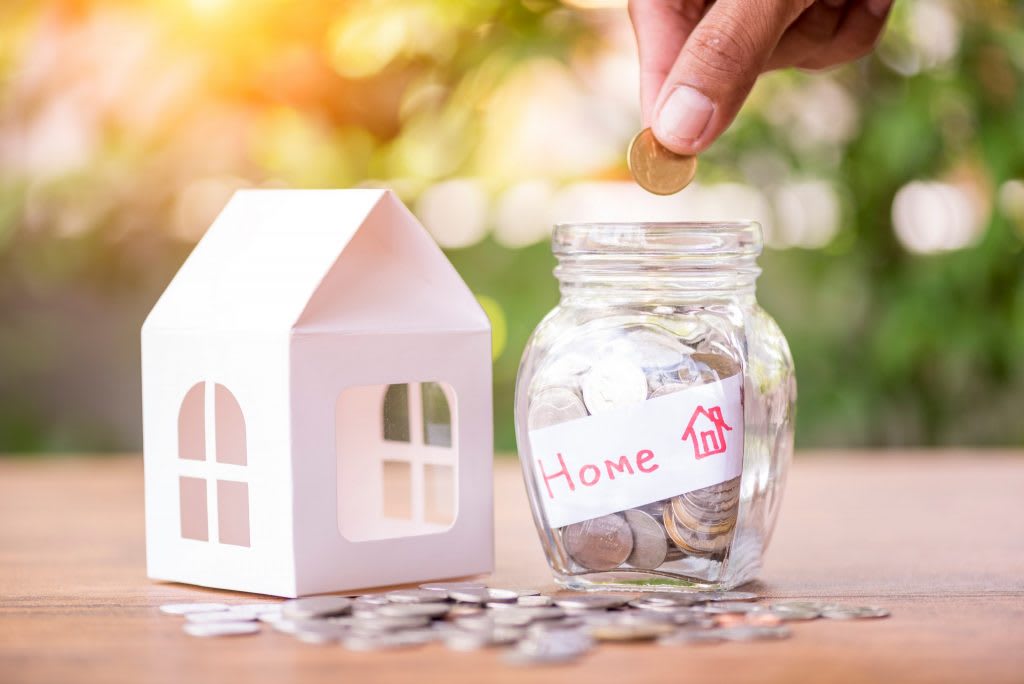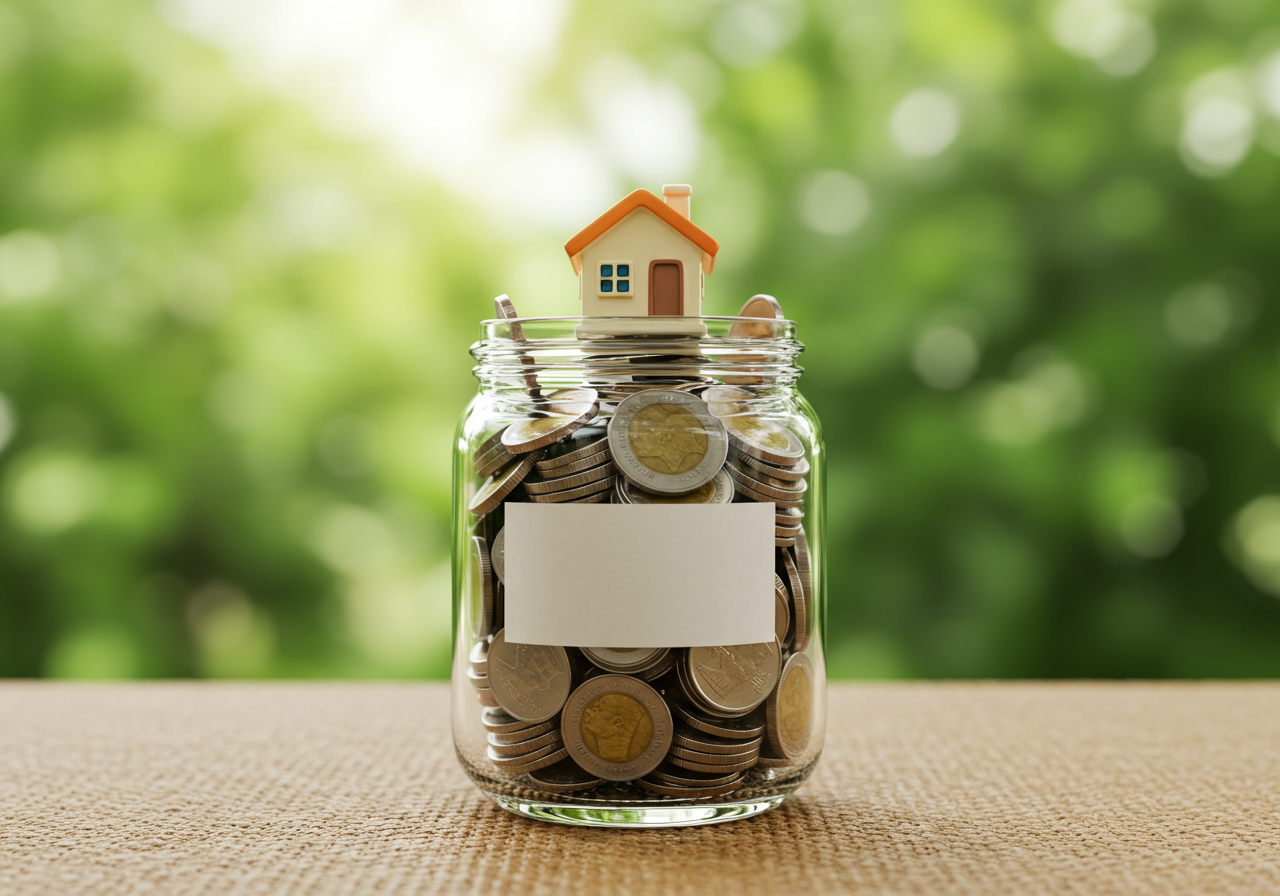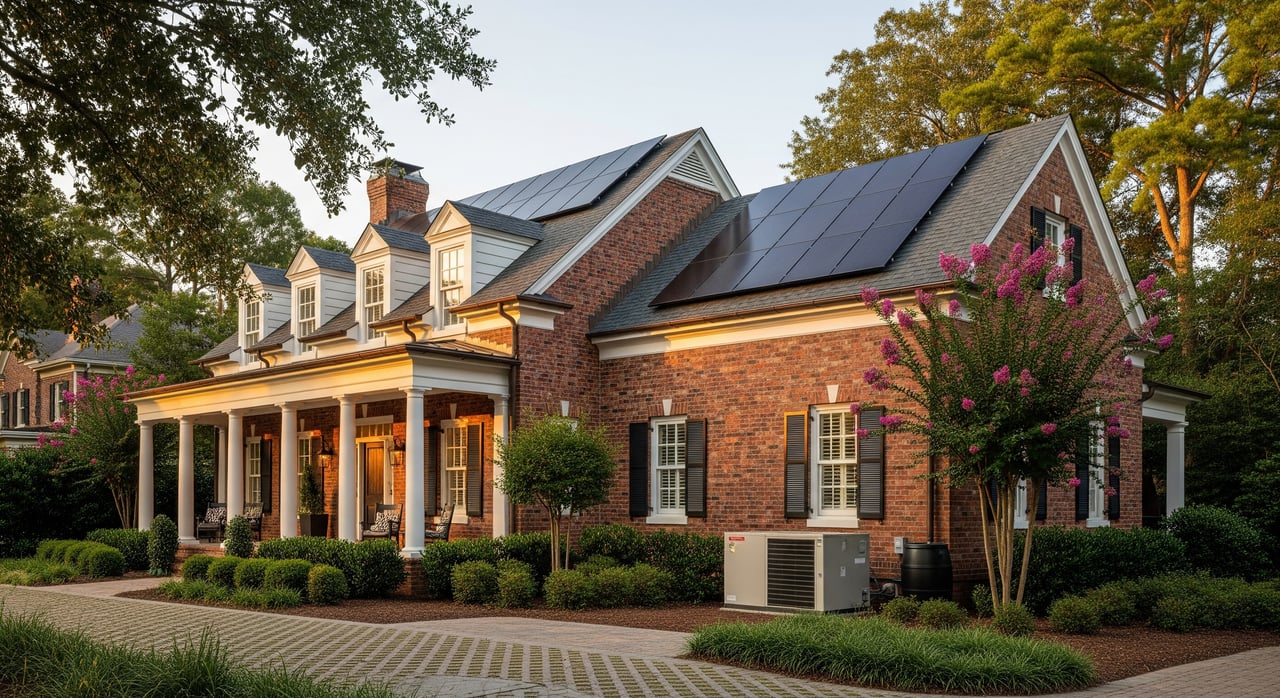In the journey towards homeownership, one important topic is: down payment. It serves as the key that unlocks the door to your dream home. But what exactly is a down payment, and how does it affect your path to owning a home? Let's do a deep dive into the world of down payments and strategies to make this pivotal step easier to understand.
What is a Down Payment?
A down payment is a lump sum of money paid upfront when purchasing a home. It represents a percentage of the total purchase price and serves as a commitment from the buyer. Typically, the larger the down payment, the less you'll need to borrow, and the lower your monthly mortgage payments will be.
Why Do Down Payments Matter?
Down payments benefit both you and the lender:
- For you: They show financial responsibility and commitment to your investment.
- For the lender: A larger down payment reduces their risk of default, making the mortgage less risky and potentially leading to better loan terms, such as lower interest rates.
How Much Should You Put Down?
One of the most common questions I receive from homebuyers is, "How much should I put down?" While the traditional benchmark is 20% of the home's purchase price, many lenders offer options with lower down payments, sometimes as low as 3% to 5%. The ideal down payment amount depends on various factors, including but not limited to your financial situation, loan eligibility, and long term goals.
Saving Strategies:
Saving for a down payment takes planning and discipline:
- Create a budget: Allocate a portion of your income specifically for savings.
- Cut back: Reduce discretionary spending and redirect those funds to your down payment.
- Boost your income: Explore side jobs, career advancement, or asking for a raise.
- Down payment assistance: Government agencies, nonprofits, or employers might offer programs to help first-time homebuyers or those with specific needs.
Down Payment Assistance: A Helping Hand
For those facing financial barriers to homeownership, down payment assistance programs can provide a valuable helping hand. These programs come in various forms, such as grants, loans, or matching funds, and are designed to support first-time homebuyers, low-to-moderate-income families, and individuals with specific needs. Research available options in your area and determine if you qualify for any assistance.
Down Payment Decisions: Weighing the Pros and Cons
- Larger Down Payment: Lower monthly payments, reduced long-term interest costs, and potentially better loan terms. However, it may require more time to save and tie up a significant portion of your savings.
- Smaller Down Payment: Allows for a faster entry into homeownership, but higher monthly payments and potentially more expensive loan terms in the long run.
Down Payment Myths Debunked!
- Myth 1: You Need 20% Down: Not true! Many loan options have lower requirements.
- Myth 2: Less Than Perfect Credit Disqualifies You: There are loan options for various credit situations. Consult a mortgage professional to find the best fit for you.
A down payment is more than just a financial transaction—it's a significant milestone on the path to homeownership. By understanding the ins and outs of down payments and exploring strategies to save and access assistance programs, you can confidently embark on your journey towards securing your dream home. Remember, with patience, diligence, and the right resources, homeownership is within reach for everyone.





